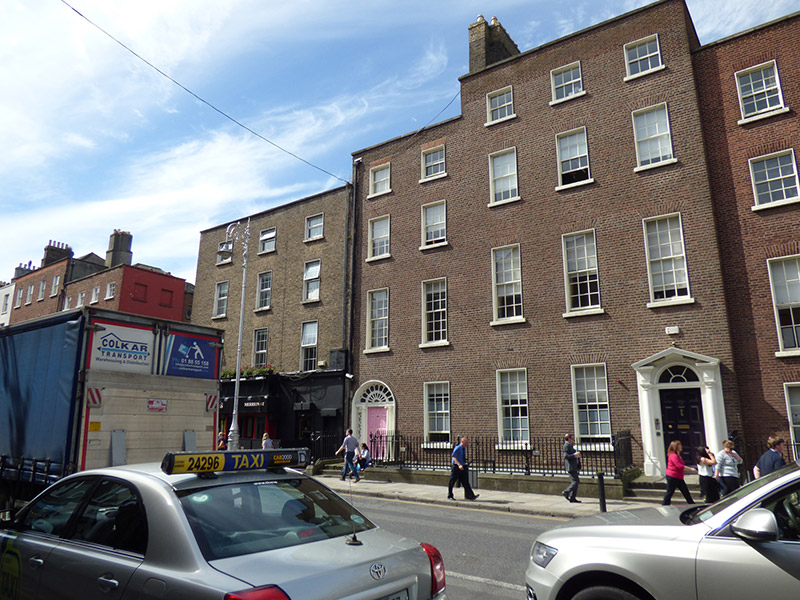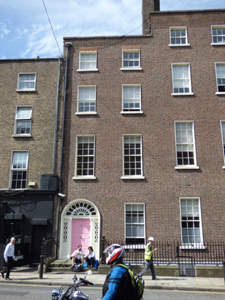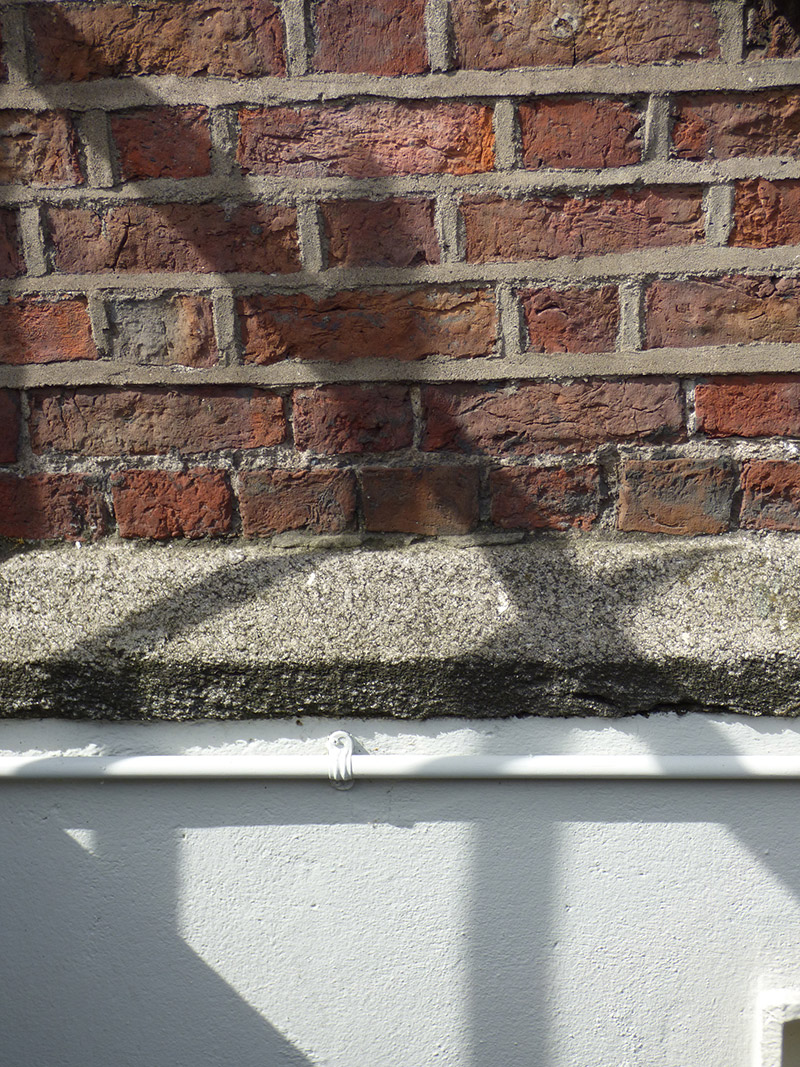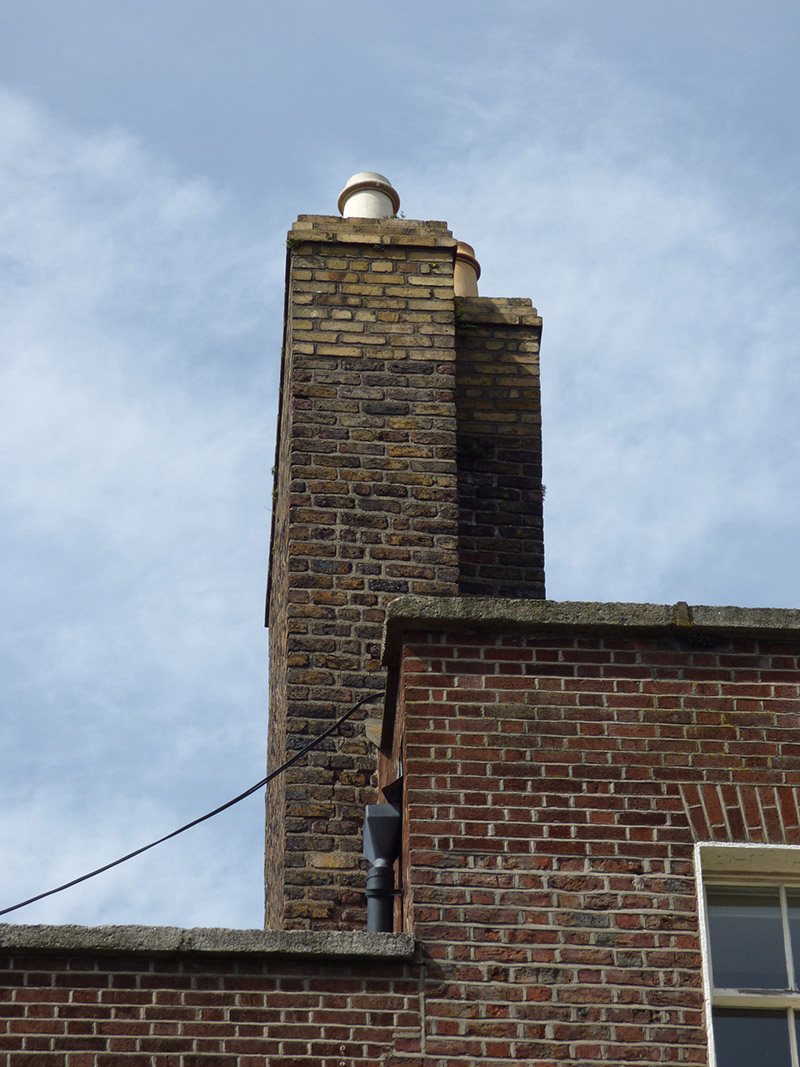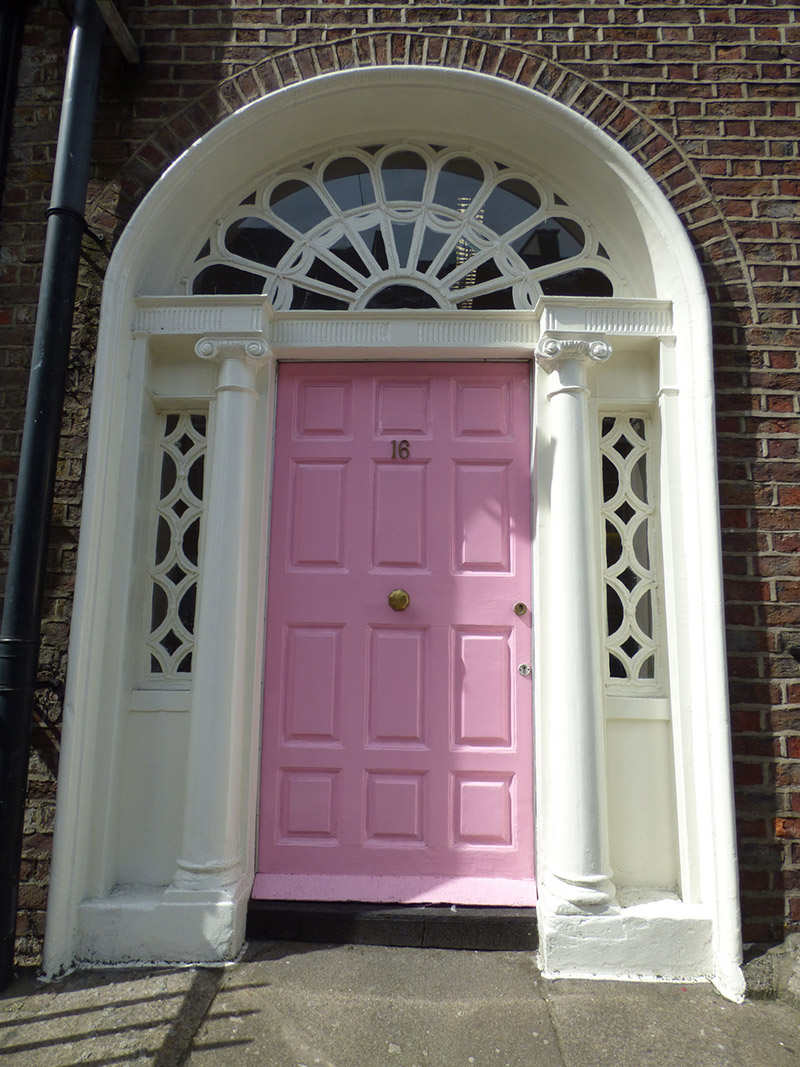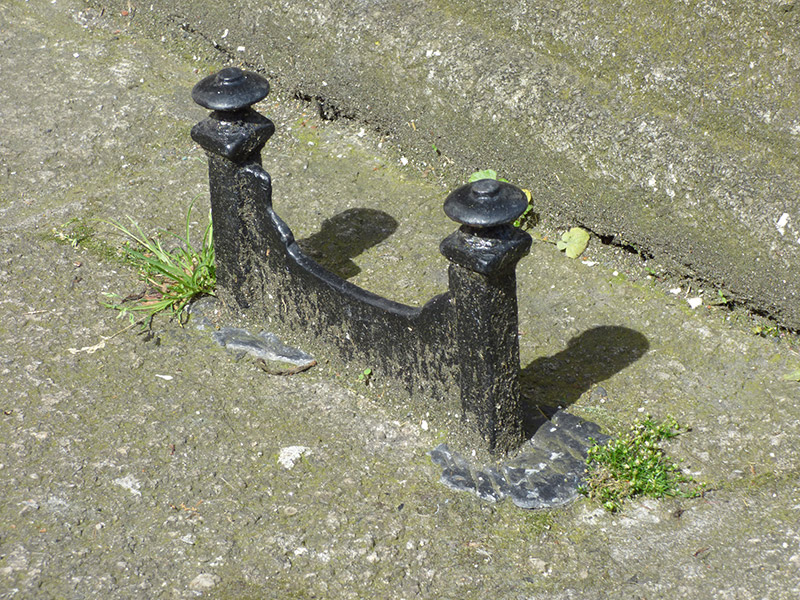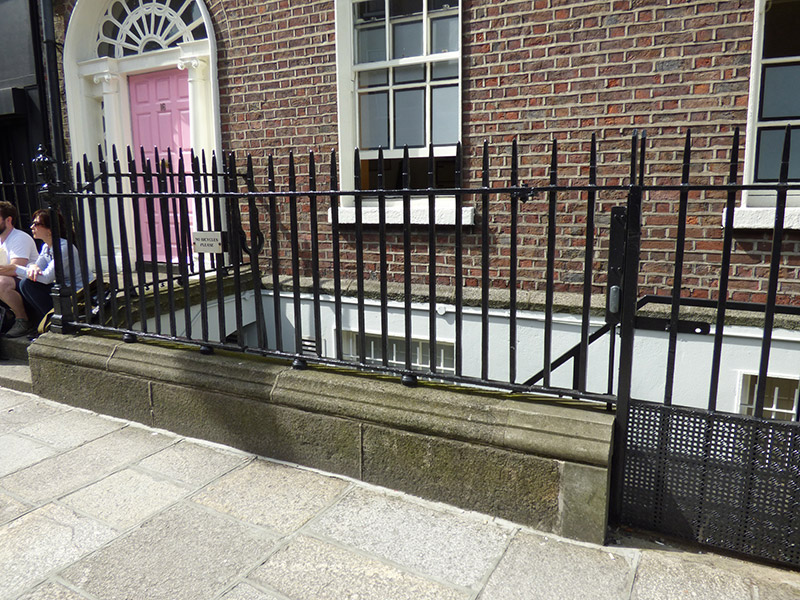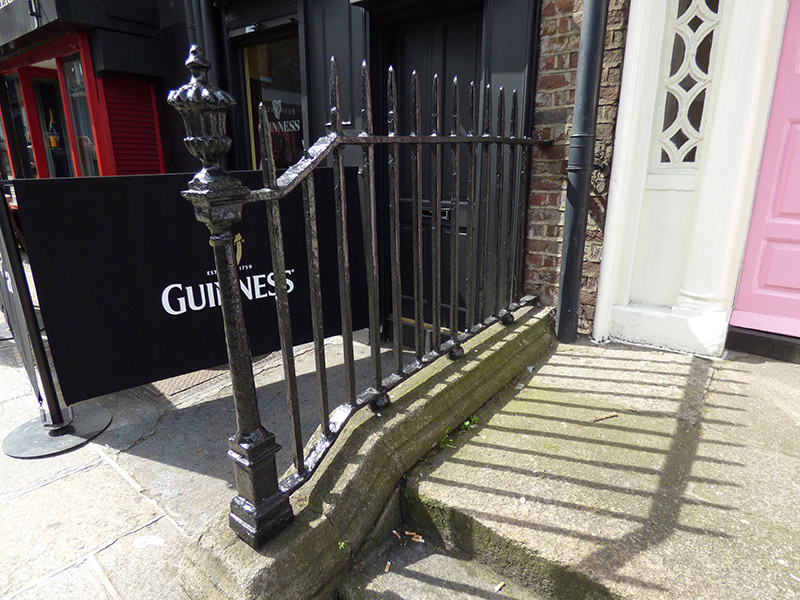Survey Data
Reg No
50100254
Rating
Regional
Categories of Special Interest
Architectural, Artistic
Original Use
House
In Use As
Office
Date
1750 - 1830
Coordinates
316378, 233408
Date Recorded
24/08/2016
Date Updated
--/--/--
Description
Attached two-bay four-storey former house over basement, built c. 1755, altered c. 1820. Now in office use. M-profile roof, hipped to south end, with brown brick chimneystack to north shared with No. 15 and partially rebuilt and having replacement clay pots. Refaced brick parapet with granite coping, parapet gutters, and uPVC downpipe. Flemish bond red brick walling with granite plinth course over painted smooth rendered basement walling. Square-headed window openings, diminishing in height to upper floors, having painted masonry sills, patent reveals, brick voussoirs (replacement to top floor), and timber sliding sash windows with angled horns, six-over-six pane to basement, ground and second floors, nine-over-nine pane to first floor and three-over-three pane to top floor; iron grille to basement openings; apparently timber sash to rear. Round-headed door opening with ovolo-moulded reveal, painted masonry doorcase comprising slender engaged Ionic columns, respond quarter-pilasters, stepped entablature with fluted frieze, ornate petal fanlight, diamond-motif sidelights and twelve-panel timber door with recent brass furniture. Granite entrance platform with cast-iron boot-scrape and three steps to street. Basement area bounded by wrought-iron railings with decorative cast-iron corner posts on moulded granite plinth.
Appraisal
This mid-eighteenth-century house was likely altered in the early to mid-nineteenth century. Along with its neighbours to the north (Nos. 14-15), it was remodelled in recent years to create a single office building with a shared entrance at No. 15. This house has a very pretty doorcase, one of the finest in this district, good fenestration and retains its setting of steps and railings. Despite some loss of historic fabric, No. 16 and the wider group is relatively well retained and contributes significantly to the early Georgian character of the streetscape.
